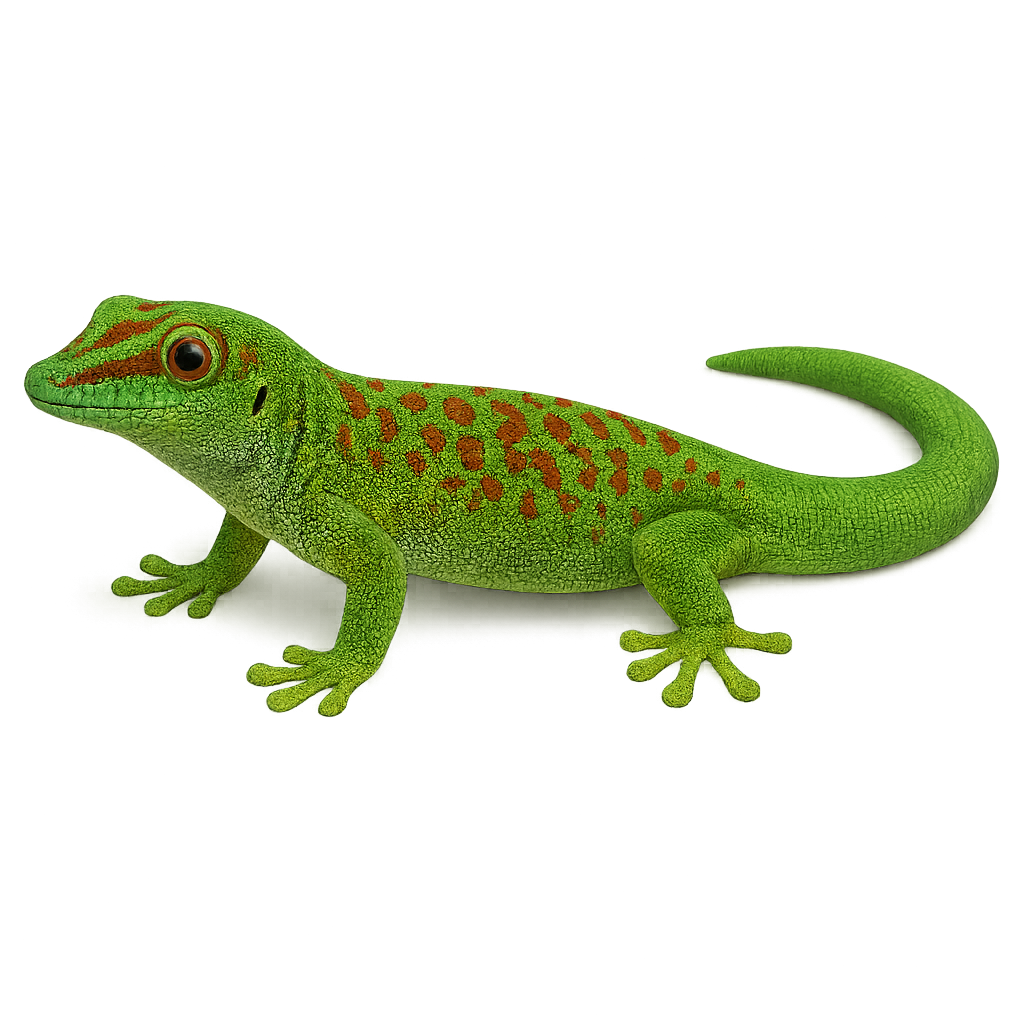Your wildlife photography guide.
Explore the madagascar day gecko in detail, study its behavior, prepare your shots.
Where to observe and photograph the madagascar day gecko in the wild
Learn where and when to spot the madagascar day gecko in the wild, how to identify the species based on distinctive features, and what natural environments it inhabits. The WildlifePhotographer app offers tailored photography tips that reflect the madagascar day gecko’s behavior, helping you capture better wildlife images. Explore the full species profile for key information including description, habitat, active periods, and approach techniques.
Madagascar Day Gecko
Scientific name: Phelsuma madagascariensis

IUCN Status: Least Concern
Family: GEKKONIDAE
Group: Reptiles
Sensitivity to human approach: Suspicious
Minimum approach distance: 3 m
Reproduction period: TouteL'Année
Incubation: 47-82 jours
Births: TouteL'Année
Habitat:
humid tropical forests, gardens, plantations
Activity period :
Active during the day when temperatures are favorable, often seen basking in the sun.
Identification and description:
The Phelsuma madagascariensis, or Madagascar day gecko, is a colorful and fascinating lizard native to Madagascar. It is renowned for its bright colors, often green with red and blue spots, which help it blend into its natural environment. Typically measuring between 20 and 25 cm, this gecko is diurnal, meaning it is active during the day. It primarily inhabits humid tropical forests but can also be found in gardens and plantations. Although mainly insectivorous, it also feeds on nectar and fruits. Its ability to climb smooth surfaces thanks to its adhesive pads makes it an excellent climber.
Recommended lens:
Macro – adjust based on distance, desired framing (portrait or habitat), and approach conditions.
Photography tips:
To photograph the Madagascar day gecko, it is advisable to use a macro lens to capture the details of its colorful scales. Approach slowly to avoid startling it, maintaining a distance of about 3 meters. Favor times of the day when natural light is abundant, such as morning or afternoon. Use a tripod to stabilize your camera and achieve sharp images. If possible, try to capture the gecko in its natural habitat to add context to your photos.
The WildlifePhotographer App is coming soon!
Be the first to explore the best nature spots, track rutting seasons, log your observations, and observe more wildlife.
Already 1 429 wildlife lovers subscribed worldwide

